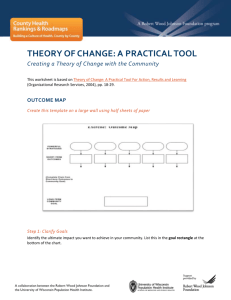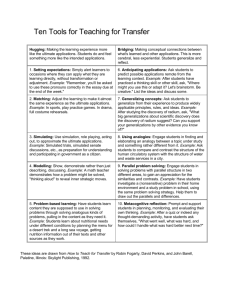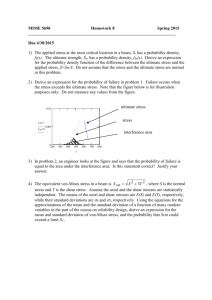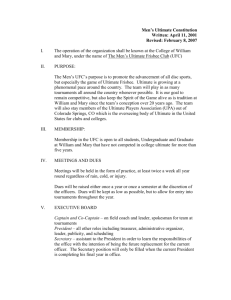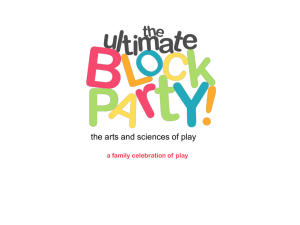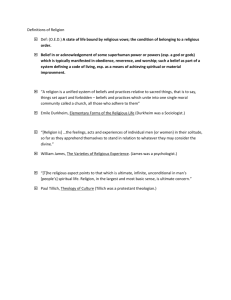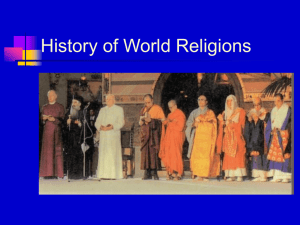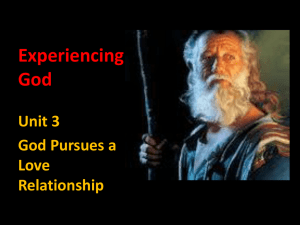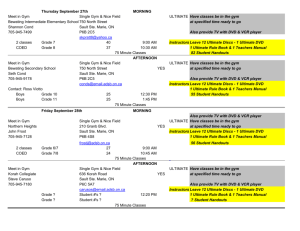Relative and Ultimate Truth
advertisement
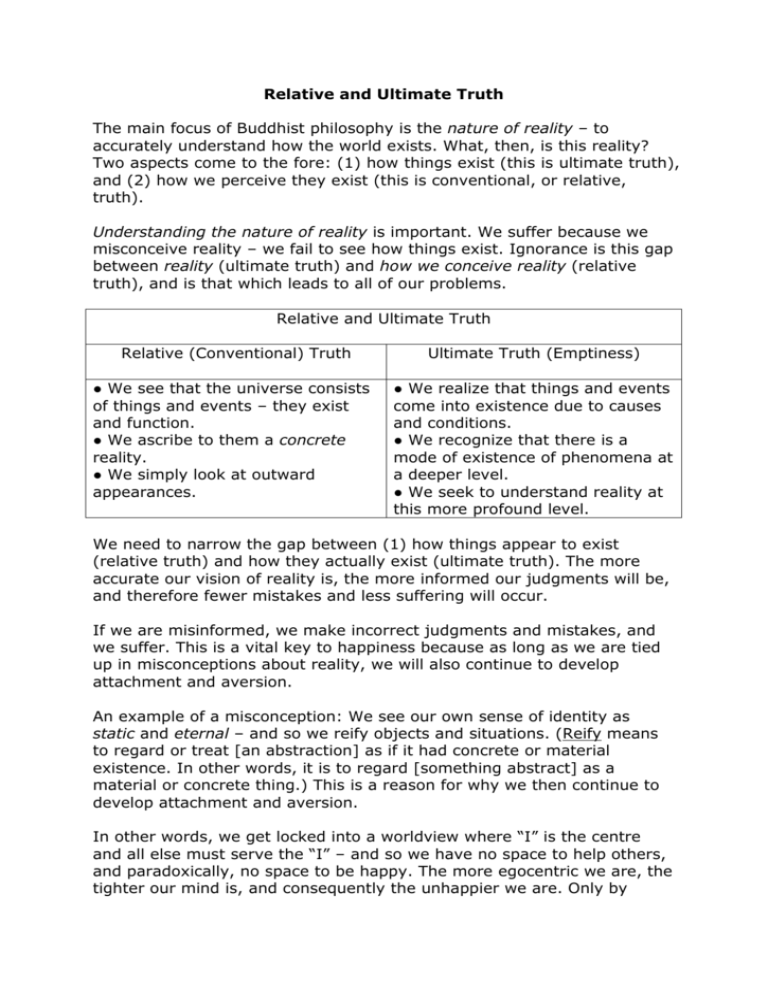
Relative and Ultimate Truth The main focus of Buddhist philosophy is the nature of reality – to accurately understand how the world exists. What, then, is this reality? Two aspects come to the fore: (1) how things exist (this is ultimate truth), and (2) how we perceive they exist (this is conventional, or relative, truth). Understanding the nature of reality is important. We suffer because we misconceive reality – we fail to see how things exist. Ignorance is this gap between reality (ultimate truth) and how we conceive reality (relative truth), and is that which leads to all of our problems. Relative and Ultimate Truth Relative (Conventional) Truth ● We see that the universe consists of things and events – they exist and function. ● We ascribe to them a concrete reality. ● We simply look at outward appearances. Ultimate Truth (Emptiness) ● We realize that things and events come into existence due to causes and conditions. ● We recognize that there is a mode of existence of phenomena at a deeper level. ● We seek to understand reality at this more profound level. We need to narrow the gap between (1) how things appear to exist (relative truth) and how they actually exist (ultimate truth). The more accurate our vision of reality is, the more informed our judgments will be, and therefore fewer mistakes and less suffering will occur. If we are misinformed, we make incorrect judgments and mistakes, and we suffer. This is a vital key to happiness because as long as we are tied up in misconceptions about reality, we will also continue to develop attachment and aversion. An example of a misconception: We see our own sense of identity as static and eternal – and so we reify objects and situations. (Reify means to regard or treat [an abstraction] as if it had concrete or material existence. In other words, it is to regard [something abstract] as a material or concrete thing.) This is a reason for why we then continue to develop attachment and aversion. In other words, we get locked into a worldview where “I” is the centre and all else must serve the “I” – and so we have no space to help others, and paradoxically, no space to be happy. The more egocentric we are, the tighter our mind is, and consequently the unhappier we are. Only by Relative and Ultimate Truth seeing how we misconceive both the “I” and the universe that this “I” inhabits will we be able to break away from the rigid me-me-me space we inhabit now and loosen up into a lighter, happier mindset that cherishes others. Furthermore, both the emotional (which may for a moment be linked with relative truth) and logical (which may be linked with ultimate truth) sides of our nature need to be developed together. By developing a good heart (relative truth), we will become a better person; by seeing the reality (ultimate truth) of our situation we will be able to improve it in a meaningful way. Compassion (relative truth) must be supported by a right view of reality (ultimate truth) – or it will be flawed. One can be full of compassion, but very short on wisdom – so despite good intentions, one can harm more than help. We need love, compassion, altruism, and all the positive aspects of our emotional life (relative truth), but we need wisdom (ultimate truth) as well. To understand both relative and ultimate truth takes effort. Understanding emptiness (a synonym for ultimate truth) is difficult. However, we need to shed light on the reality of our lives, and break free from our mundane thinking. We actually need to break through the fog of misunderstanding and start to see a glimmer of the meaning of the two truths. A starting point is to begin to doubt whether things and events exist inherently – this goes a long way toward understanding reality. Ask: Does the appearance match reality? This doubt about the intrinsic nature of things is an exceptional quality – it approaches a real understanding of emptiness and, thus, of ultimate truth. However, to come to know how the world truly exists, we first need to know how it appears to exist for us – thus, it is vital to understand relative, or conventional, truth as well. Finally, one cannot become a fully realized being without understanding both conventional and ultimate truth. And, through the study of the two truths the possibility opens up for us that we can truly free ourselves from samsara. Source: Tsering, Geshe Tashi. Relative Truth, Ultimate Truth (The Foundation of Buddhist Thought, Volume 2). Somerville, MA: Wisdom Publications, 2008 (Notes based on chapter one entitled "The Evolution of Buddhist Thought", Pages 1-16). 2
